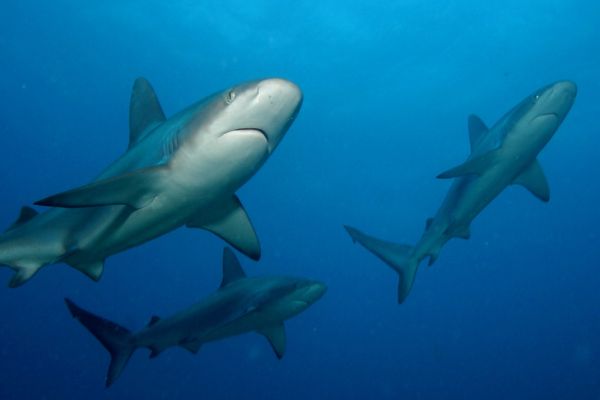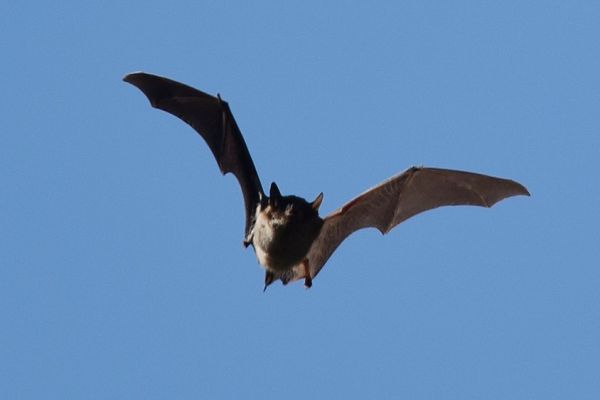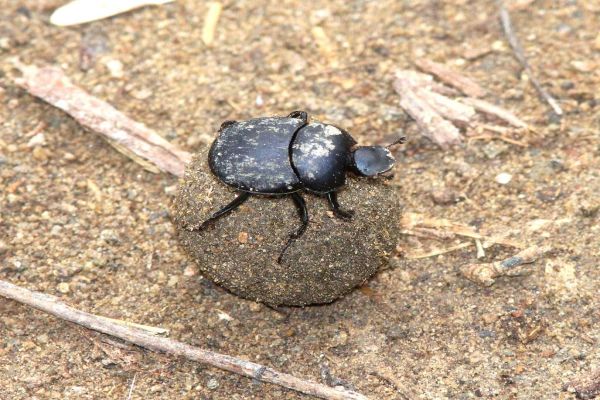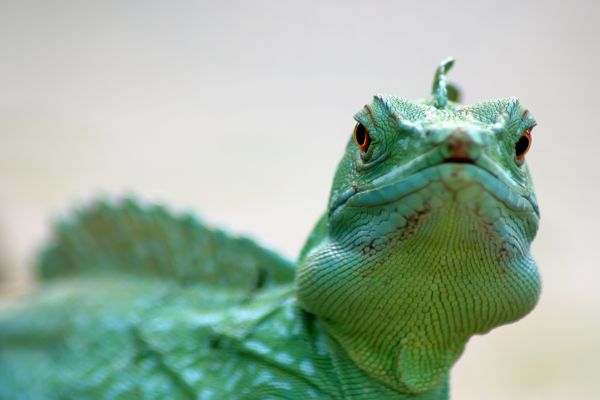Popeye the Sailor Man’s beloved leading lady, I made my debut on December 19, 1919. Do you recognise me? I’m Olive Oyl! Scroll down to find out more about me.
Oh Popeye, my hero!
I wear black and red, and I love saying, “Oh Dear!” Who am I?
I wear black and red, and I love saying, “Oh Dear!” Who am I?
Popeye the Sailor Man’s beloved leading lady, I made my debut on December 19, 1919. Do you recognise me? I’m Olive Oyl! Scroll down to find out more about me.
The animal world is full of creatures that have unique abilities. Here we bring out 10 animals that have some wonderful skills. Take a look.
Can you run as fast as a cheetah? Or see as far as an eagle? There are many such characters in the animal kingdom that have some special qualities. Featuring some of them…










Christmas is not the same without these sweet and spicy treats. Make yourself a gingerbread man with this recipe.
Gingerbread and Christmas go hand in hand, like stars in the winter sky. With its sweet aroma and spicy warmth, gingerbread adds to the festive spirit. From making charming gingerbread houses to crafting adorable gingerbread figures, this beloved treat adds a sprinkle of magic to our holiday celebrations. As we nibble on these delightful goodies, we’re reminded of the joy, togetherness, and wonder that define the Christmas season. So here’s an instruction sheet on making gingerbread cookies! Get baking …
Fifteen questions, 15 minutes, a few tips and a few tricks. Now go on get solving!
Here are 15 simple addition problems. All you need to do is get the answers. To make it simple, follow these tips.
Start with Smaller Numbers: Break down larger numbers into smaller, manageable parts. For instance, in 78 + 45, you can add 70 + 40 and 8 + 5 separately and then add the results together.
Place Value Addition: Line up the numbers vertically based on their place values (ones, tens, hundreds, etc.) and add each column starting from the rightmost side (the ones place), carrying over any extra values to the next column if needed.
Use Mental Math: For smaller numbers or simple additions, practice mental math techniques like adding numbers up to 10, using doubles (e.g., 6 + 6 = 12), or breaking numbers into friendly combinations (e.g., 8 + 7 can be seen as 8 + 2 + 5).
Regrouping or Carrying: When adding numbers in columns, if the sum exceeds 9 in any column, carry over the extra value to the next column (e.g., in 48 + 57, when adding the ones column, 8 + 7 = 15, so write down 5 and carry over 1 to the tens column).
Draw Visual Representations: Use diagrams, number lines, or counters to visually represent the addition problem, especially helpful for visual learners or when dealing with more complex problems.
Now that you’ve studied these tips, see if you can solve the problems below.
People are the basis of civic harmony that’s needed for a brighter tomorrow.
The essence of all things civic lies in the collective pulse of the people. It’s the voices, needs, and actions of individuals that weave the very fabric of a thriving civic society. From infrastructure to policies, the people are the cornerstone on which every civic initiative stands, shaping the present and carving the future.
Can you guess which word we are talking about? It’s PUBLIC! That’s also the word for this Wordoku. Can you solve it? It’s just like a Sudoku, but instead of numbers from 1-6 you have the letters P-U-B-L-I-C. Fit these letters in the grid so that each letter appears only once in each row, column and 2*3 grid.
What are the various parts of the eye that help you see? Check out this video to know more about this vital organ.

Humans have been around for millions of years. However, the way we live, what we eat, and how we organise ourselves today is different from the way the early humans did.
When we talk of civilisation, we mean the level of development at which people live together peacefully in communities. Ancient civilisation refers specifically to the first settled and stable communities that became the basis for later states, nations, and empires.
The single, decisive factor that made it possible for humankind to settle in permanent communities was agriculture.
Civilisations can be broadly classified as the Prehistoric Age, Ancient Age, Middle Age, Modern Age, Contemporary Age and the XX and XXI Centuries.
Now try and match the pictures depicting the era with their identities.
Ring in the Yuletide spirit with this fun quiz. Find out how many questions you can get right.
Christmas is round the corner. Here is a quiz that tests your knowledge of the festival.
Solve this crossword that tests your knowledge of Christmas. How many answers can you get right?
‘Tis the season to be jolly… Christmas is almost here, and so is a fun crossword, to ring in the holiday spirit.
It’s time to bid adieu to 2023 and welcome 2024 with positivity and hope. Here’s is the year’s calendar for you.